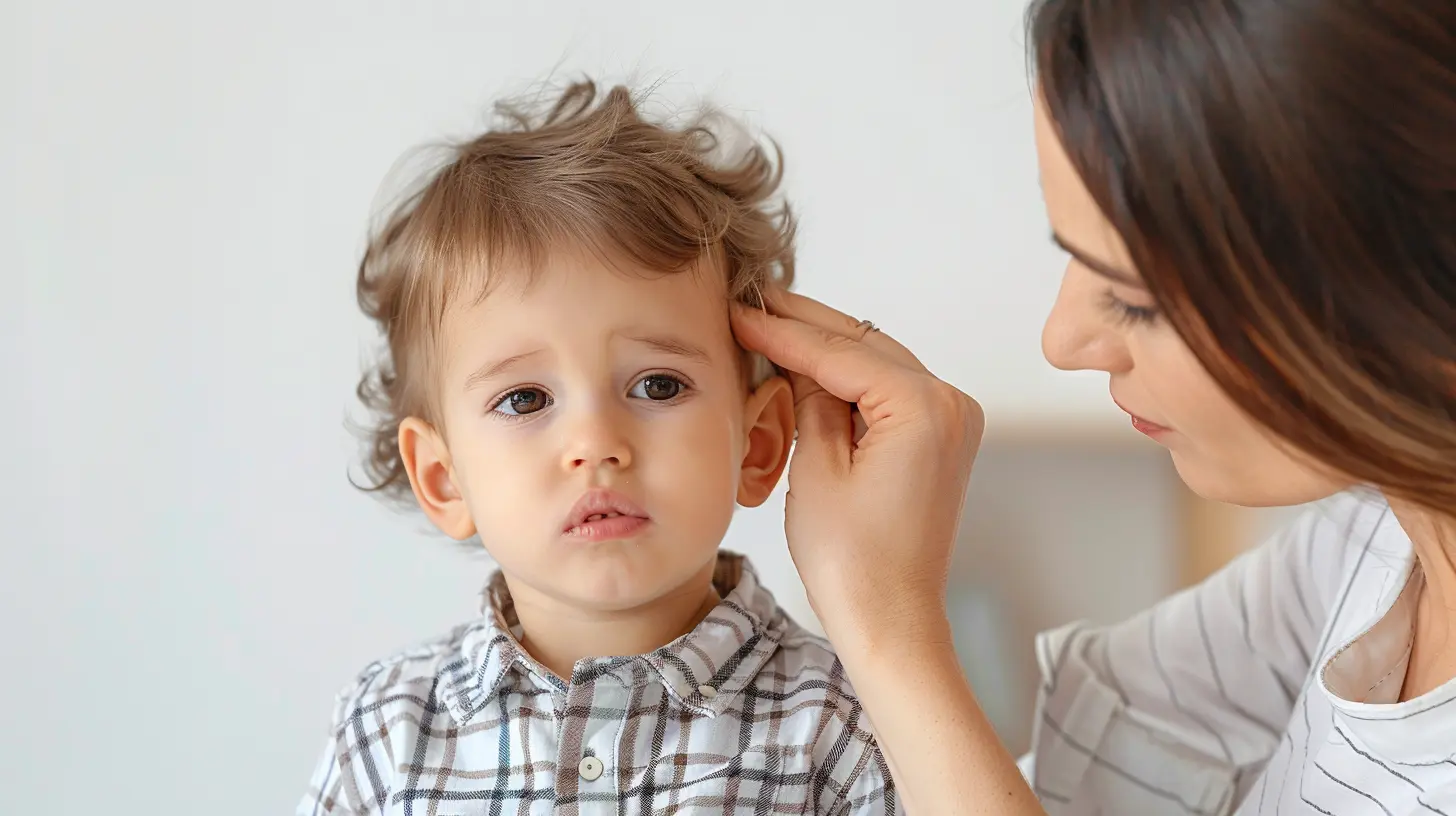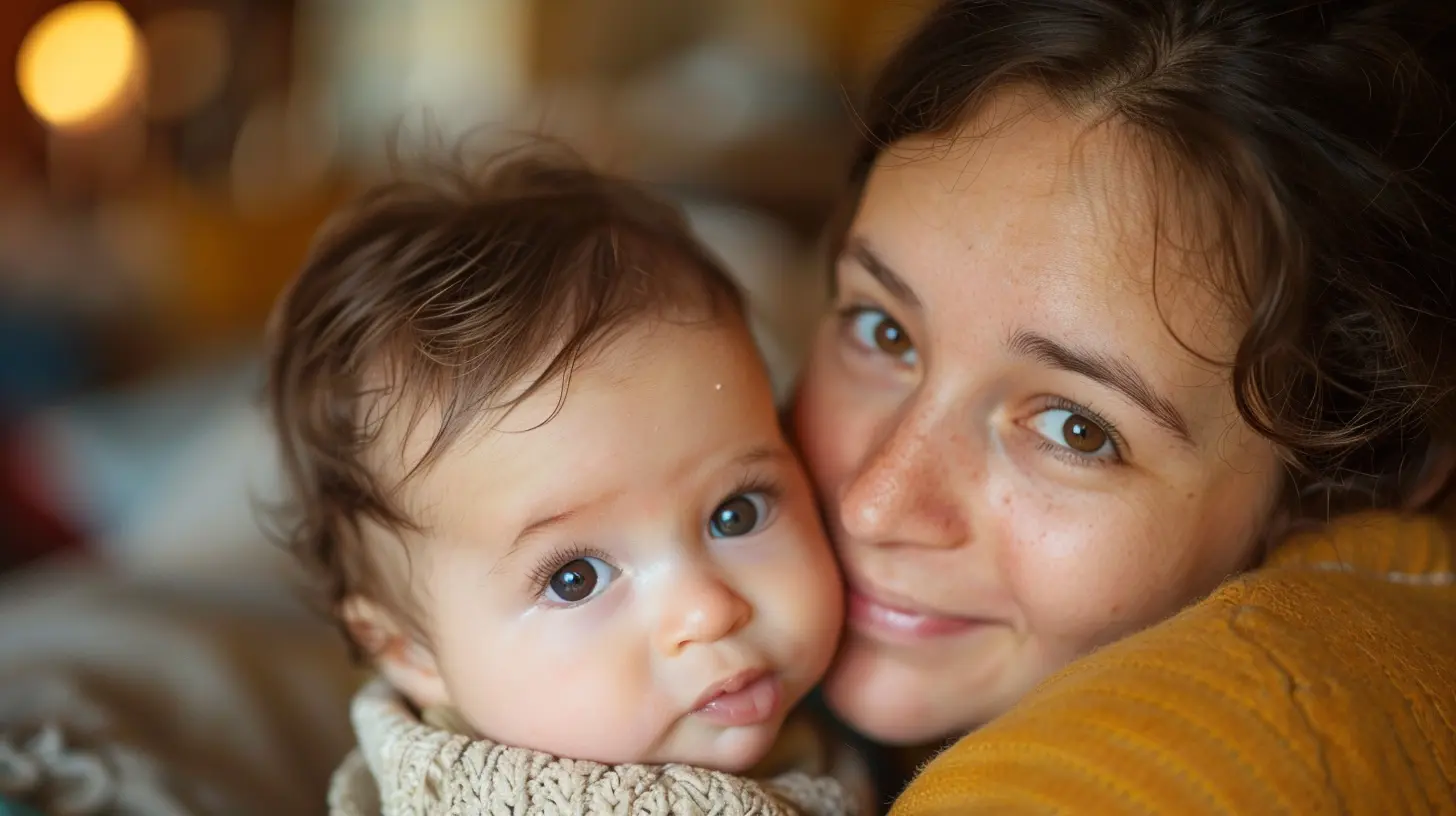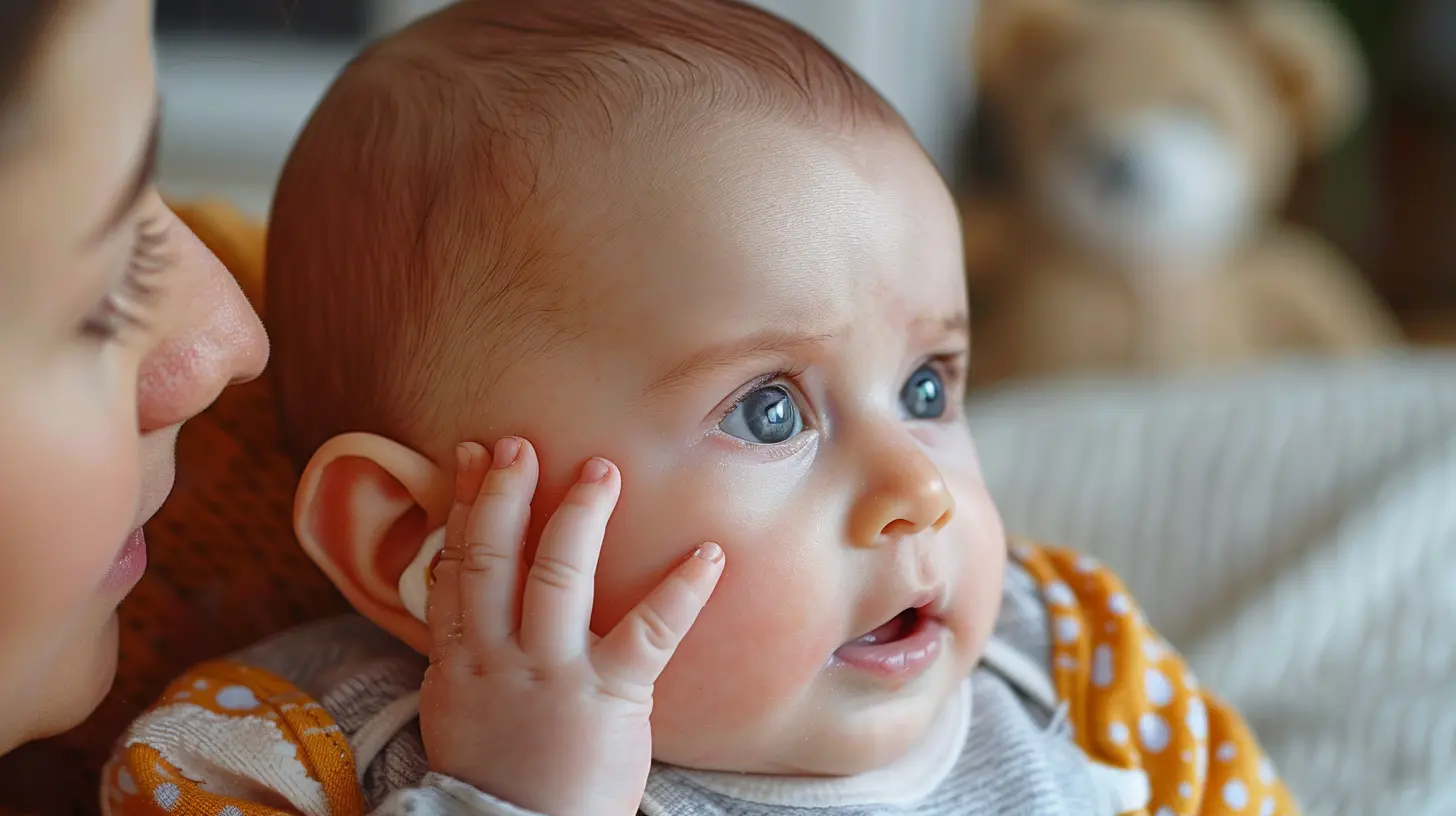Investigating the Link Between Teething and Ear Pulling
19 June 2025
Let’s be real — parenting comes with a long list of “Is this normal?” moments. From the way your baby cries to the way they squirm, everything can feel like a mystery. One of the most puzzling behaviors? When your baby starts yanking at their ears. Right away, your brain might go: “Ear infection? Teething? What’s happening here?”
If you’ve been scratching your head trying to decode the connection between teething and ear pulling, you’re definitely not alone. It’s a common concern among parents, especially when little ones are too young to explain what hurts. So, let’s break it all down in a way that makes sense — from what causes ear pulling to when it’s something to worry about, and how teething plays a role in the whole thing.
What’s the Deal With Ear Pulling, Anyway?
Before we zoom in on teething, let’s take a look at ear pulling in general. Babies are naturally curious creatures (like, stick-everything-in-their-mouth curious). So, sometimes, they tug on their ears simply because — well — they found them. It’s like finding a new toy attached to their head!But other times, it's more than that. Ear pulling can be a sign of:
- Teething discomfort
- Ear infections
- Tiredness or overstimulation
- An itch or fluid in the ear
- Sensory exploration
So, how do you tell the difference? It all comes down to context and the big picture.
Teething: The Ultimate Puzzle Piece
Alright, let’s talk teething. It’s one of those parenting milestones that’s both exciting (yay, first tooth!) and exhausting (hello, sleepless nights).Teething usually starts around 4 to 7 months, though some babies will chew on everything like teething pros as early as three months. The classic signs are:
- Drooling more than a St. Bernard
- Chewing on anything and everything
- Irritability and fussiness
- Swollen or sensitive gums
- Changes in sleep or appetite
And yes — ear pulling can sneak into the list, too.
So, Why Would Teething Cause Ear Pulling?
You might be thinking, “Wait — teeth and ears aren’t even in the same area. How could they be connected?” Great question.Here’s where things get freaky (but also super fascinating). The culprit? Nerve pathways.
The nerves in our face, jaw, and ears are all pretty closely connected. So, when a tooth is trying to push its way up through the gums, it can cause referred pain — that’s basically pain felt in a different part of the body from where it’s actually happening. For babies, this often means teething pain can radiate up towards the ears.
Think of it like this: imagine getting a tension headache. The pain might start in your jaw or neck, but you feel it in your temples. Same idea here. For babies, that discomfort in the gums can make their ears feel weird, tingly, or even painful — and that’s when they start pulling at them.
Ear Pulling vs Ear Infection: How to Tell the Difference
Okay, so now we know teething can cause ear pulling. But here’s the kicker — an ear infection can, too. And that’s what makes things a little tricky.Let’s compare the signs side by side, so you know what to look for:
| Teething | Ear Infection |
|-------------------------------------------|--------------------------------------------------|
| Mild to moderate fussiness | More intense crying, especially when lying down |
| Chewing and drooling | May resist chewing due to pain |
| Ear tugging, especially when tired | Persistent ear tugging, possibly with fever |
| No fever, or a low-grade one | Usually a noticeable fever (100.4°F or higher) |
| Sleep disruption | Difficulty sleeping, more frequent wakeups |
| Occasional diarrhea or rash | Often accompanied by cold or congestion |
If your baby is yanking on their ear and has a high fever, seems inconsolable, or you notice drainage from the ear, it's time to talk to your pediatrician. Better safe than sorry, right?
Other Reasons Babies Pull Their Ears
We’ve talked about teething and infections, but that’s not the whole story. There are other reasons why your little one might be reaching for those cute chubby ears:1. They’re Just Tired
Just like adults rub their eyes when they’re sleepy, babies sometimes grab their ears. It's like their little way of saying, “I’m soooo done with this day.”2. They Found a New Body Part
Babies go through phases of discovering themselves — feet, hands, ears, all of it. If your baby pulls with a curious expression, it might just be a new self-discovery phase.3. There’s an Itch or Fluid
Sometimes it's as simple as an itch or some wax buildup bothering them.4. Sensory Input Overload
Babies are like sponges taking in everything around them. Some pull their ears when they're overstimulated or trying to self-soothe.How to Help a Teething Baby Who’s Pulling Their Ears
If you’ve figured out that teething is likely the issue, there are some easy ways to help your baby feel better — and maybe get those hands off the ears.1. Offer a Teether
Cold, rubbery teethers can do wonders. They soothe sore gums and distract your baby from pulling.2. Try a Cold Washcloth
Wet a clean cloth, freeze it for a bit, and let your baby chew on it. It’s like a soothing smoothie for their gums!3. Massage the Gums
Use a clean finger and gently rub your baby's gums. It’s a bit of a DIY gum massage.4. Use Teething Gel (Judiciously)
Talk to your pediatrician first, but there are gels and remedies that can help numb the pain for a while.5. Distraction Works Wonders
A new toy or a change of scenery can do magic. Sometimes they just need their mind taken off the discomfort.When to Call the Pediatrician
It’s always better to trust your gut. If your baby is:- Running a high fever
- Crying more than usual
- Sleeping terribly
- Showing signs of ear drainage
- Pulling ears persistently for days
Then yes — it’s time to call your pediatrician and rule out an infection.
Even if it turns out to be teething, having peace of mind is priceless when you’re knee-deep in parenting worries.
Can Ear Pulling Be a Habit?
Absolutely. Some babies start pulling on their ears as a comfort mechanism. The same way some babies suck on their thumb or tug on their hair, others might zero in on their ears.But here's the good news — most habits like this are temporary. As your baby grows, communicates better, and becomes more coordinated, they usually move past it.
The key? Patience and consistency. Try to redirect them with toys, cuddles, or calming music if it seems like a habit starting to form.
Final Thoughts
So, is there a link between teething and ear pulling? Yep — there definitely is.While not every baby will pull at their ears when teething, it’s a fairly common response to the discomfort that comes with those tiny teeth pushing their way out. The connection lies in the nerve pathways between the jaw and ear area. But remember — ear tugging can mean more than just teething, so it’s important to consider the full picture.
At the end of the day, trust yourself. You know your baby better than anyone. If something feels off, it’s okay to reach out for help. Teething can be a bumpy ride, but you’ve got this — one tooth (and tug) at a time.
all images in this post were generated using AI tools
Category:
Teething BabyAuthor:

Kelly Snow
Discussion
rate this article
2 comments
Arianth Blevins
Ah, the joys of parenting! Just when you think you have it all figured out, teething and ear pulling remind you that every phase brings its own surprises!
June 23, 2025 at 4:35 AM

Kelly Snow
Absolutely! Parenting is full of unexpected twists, and each stage offers new challenges and insights. Thank you for your comment!
Ethan Evans
Thank you for shedding light on this! Parenting is so challenging, and your insights truly help.
June 22, 2025 at 4:54 AM

Kelly Snow
Thank you for your kind words! I'm glad the insights resonate with you. Parenting certainly has its challenges!


